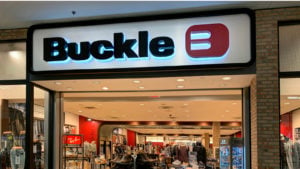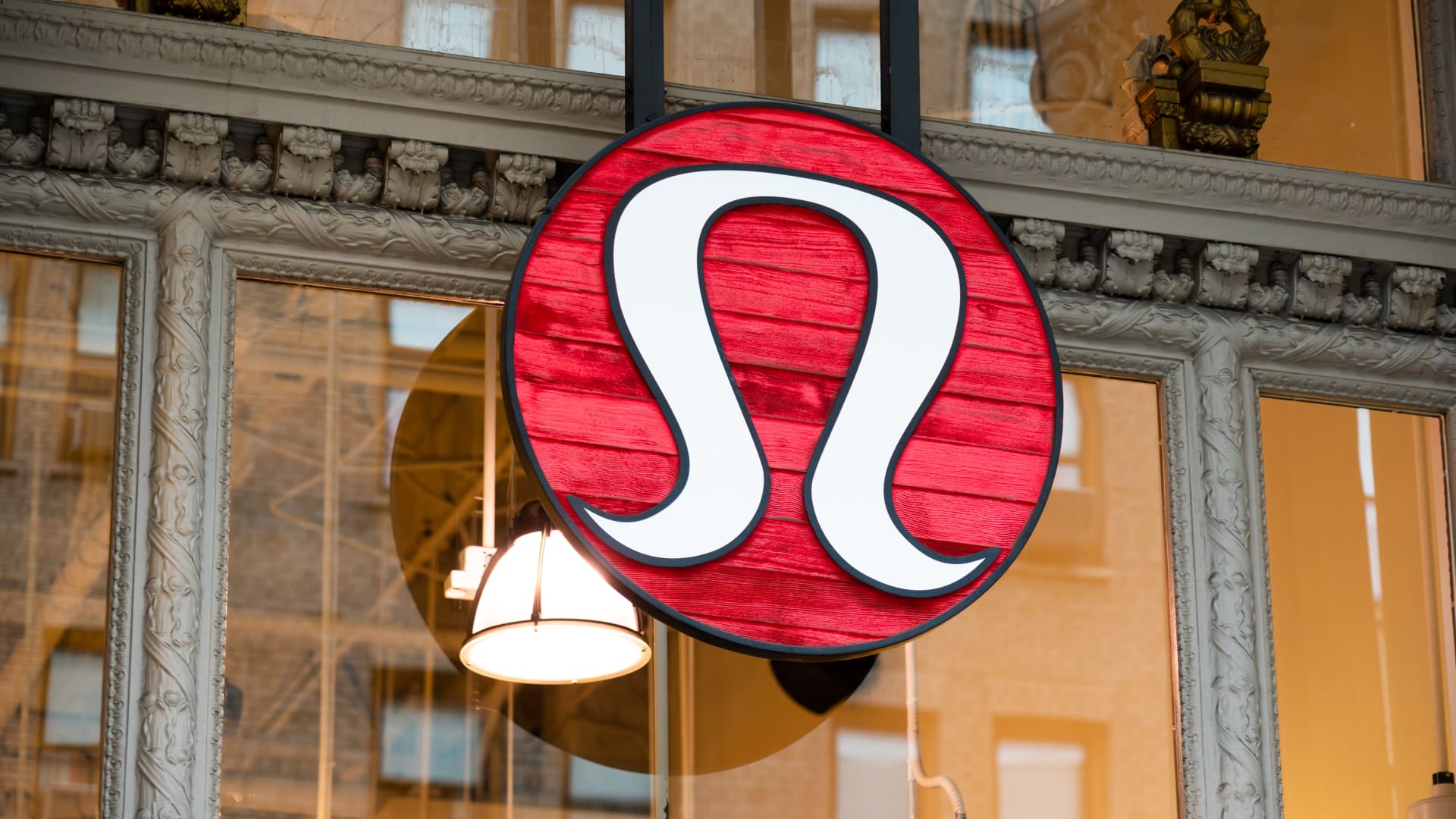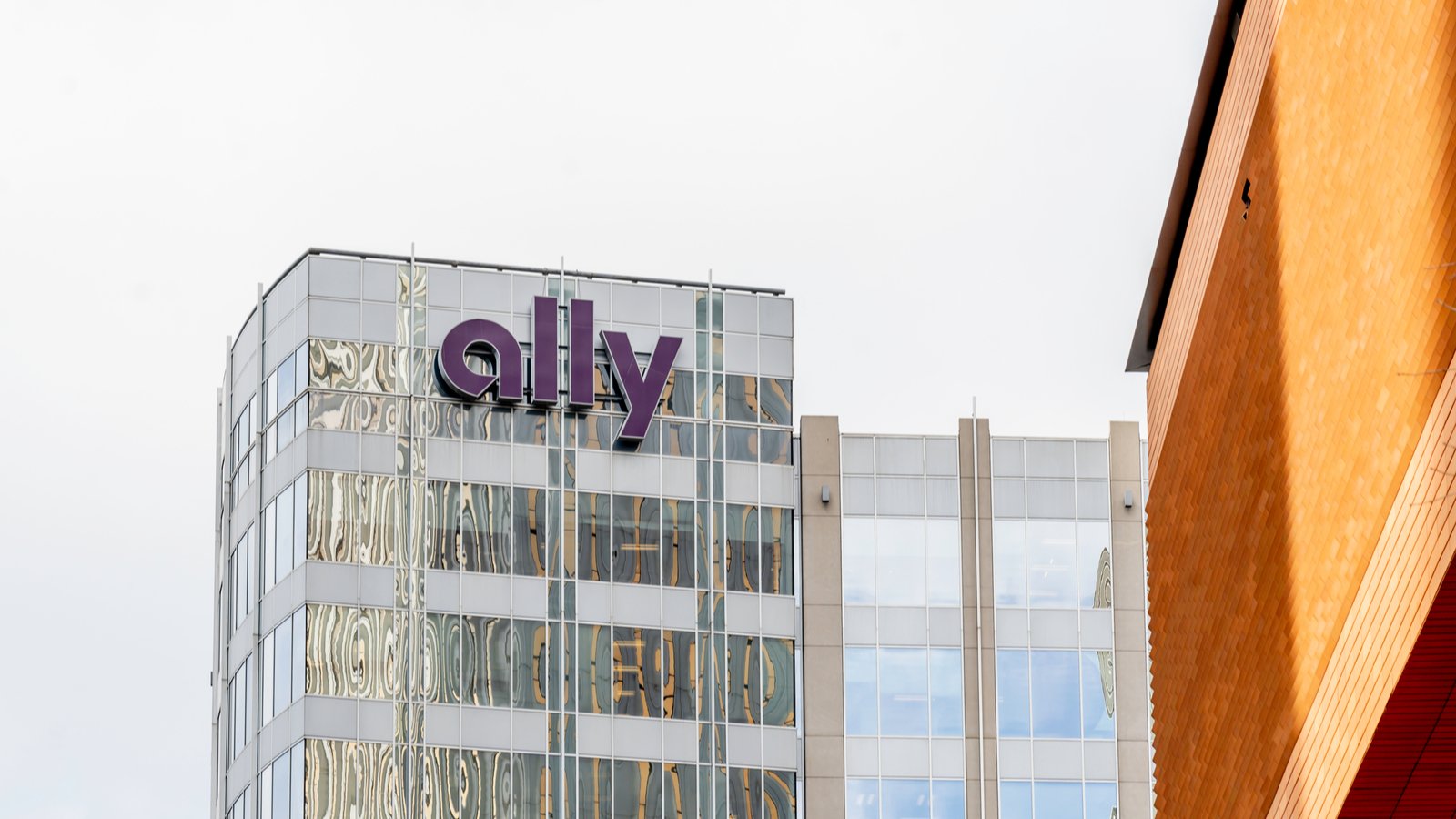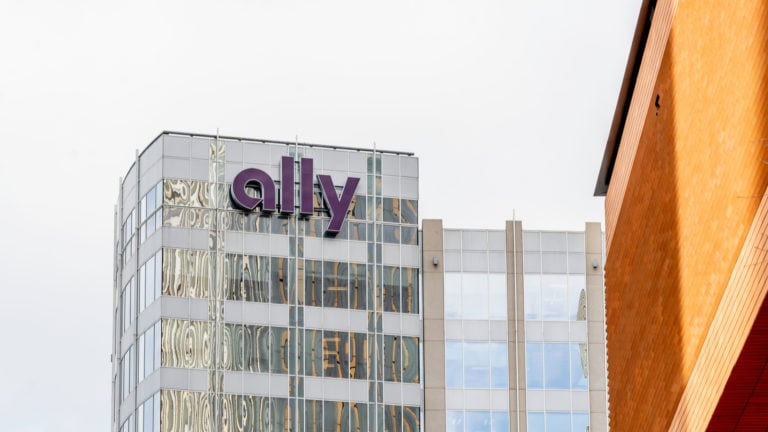With the banking sector fallout in the U.S. sparking jitters abroad, investors may want to consider identifying the potentially worst stocks for a bear market. To be 100% clear, I’m not advocating that you should sell any of the below equities right now. Rather, you may want to consider drafting an escape plan, just in case the waste matter hits the proverbial fan.
Much like flight attendants direct your attention toward the exits closest to you, they’re not saying the plane will crash. More than likely, the flight crew will do everything in its power to avoid such a fate. However, just in case you end up drawing the short end of the aviation stick, you’ll at least want to know what to do. Regarding an equities sector panic, transactions will occur at lightning-quick speeds so you’ll want to respond immediately and decisively. With that in mind, below are the worst stocks for a bear market.
| XPEV | Xpeng | $11.19 |
| FFIE | Faraday Future Intelligent Electric | $0.36 |
| CAN | Canaan | $2.65 |
| RUTH | Ruth’s Hospitality | $16.52 |
| SWGAY | Swatch Group | $16.86 |
| M | Macy’s | $17.31 |
| BMBL | Bumble | $20.10 |
Xpeng (XPEV)
One of the more promising electric vehicle manufacturers coming from China, Xpeng (NYSE:XPEV) appeared to have the right stuff. For one thing, its home turf represents the world’s largest automotive market. Second, the company arguably makes attractive vehicles that can compete with more established players. Unfortunately, rising competition imposes a headwind, making XPEV one of the worst stocks to buy under a bear market.
Of course, no guarantees exist that a bear market will actually materialize. Nevertheless, weakening demand in the Chinese EV space suggests that investors should be cautious of XPEV anyways. Moreover, the financials don’t provide much confidence. In particular, the EV maker’s operating and net margins sit well below breakeven, posing viability concerns. As well, Xpeng’s Altman Z-Score sits at 1.04, indicating a distressed enterprise. About the only positive here is that Xpeng features strong cash relative to debt.
Overall, Wall Street analysts peg XPEV as a hold. Their average price target comes out to $10.34, reflecting less than 1% upside potential.
Faraday Future Intelligent Electric (FFIE)
Another EV player sitting among the worst stocks to buy if a bear market arrives, Faraday Future Intelligent Electric (NASDAQ:FFIE) screams high risk. Sometimes, high risk yields high rewards but I find it difficult to believe that’s the case here. True, FFIE gained 29% since the January opener. However, in the trailing month, it’s down 33%. Moreover, in the past 365 days, it hemorrhaged nearly 94% of its equity value.
Fundamentally, the biggest concern I have is the pricing. According to Car and Driver, Faraday’s FF 91 EV could cost around $200,000. In my view, that’s an absurd amount of money to charge for a non-heritage brand. I get it if we were talking about an exotic sports car with a history extending back decades. That’s just not the situation with Faraday Future.
Also, the company represents an aspirational business (meaning that it’s pre-revenue). Incurring sharp losses amid broader EV industry concerns, FFIE appears wildly speculative. At the moment, no one covers FFIE stock. Given its 35-cent price tag, investors shouldn’t hold their breath.
Canaan (CAN)
While cryptocurrencies suffered a sharp erosion in value in 2022 due to the myriad fundamental headwinds at the time, blockchain-derived assets generally perform well (so far) in 2023. Therefore, blockchain-mining enterprises like Canaan (NASDAQ:CAN) may entice market gamblers. Notably, CAN stock popped up more than 32% since the January opener.
Nevertheless, CAN probably ranks among the worst stocks to buy should a bearish cycle develop. Admittedly, at first glance, it doesn’t seem that way. For example, the company’s three-year revenue growth rate stands at 22.4%. Its net margin pings at 15.89%, outpacing 88.4% of sector rivals. However, Gurufocus warns that CAN could be a possible value trap.
Personally, the warning applies only if we enter a downcycle. If we encounter an upcycle, all bearish bets are off. However, that’s also the central challenge. Canaan depends heavily on positive crypto sentiment. Outside that sentiment, the business crumbles, as its fourth-quarter year-over-year revenue loss of nearly 84% demonstrates.
Ruth’s Hospitality (RUTH)
Fundamentally, Ruth’s Hospitality (NASDAQ:RUTH) may benefit from economic insulation. As the owner of Ruth’s Chris Steak House – a chain of premium restaurants – the company caters to high-income households. Nevertheless, it’s not 100% immune to broader pressures. For example, in the trailing year, RUTH gave up almost 29% of its equity value.
Moving forward, should the economy stay reasonably stable, Ruth’s Hospitality should perform reasonably well. Notably, the market prices RUTH at a trailing multiple of 14.03, which is undervalued. However, if a downcycle erupts, RUTH may be one of the worst stocks to buy. In particular, Ruth’s blended guest check average came out to approximately $97 during the fiscal year 2022. This represented an increase from $89 in the prior year. Basically, under economic troubles, that’s a big tab to pay on average for dining out.
Yes, Ruth’s caters to rich folks. However, it can also lose income from the more modestly compensated patrons. Ultimately, under a bearish cycle, the company risks its customers trading down to cheaper alternatives.
Swatch Group (SWGAY)
Currently, luxury watch and jewelry manufacturer Swatch Group (OTCMKTS:SWGAY) performs quite well under the circumstances. Since the Jan. opener, SWGAY stock gained over 13% of equity value. In the trailing year, it’s up almost 15%. In sharp contrast, the benchmark S&P 500 index fell more than 14% during the past 365 days. Still, if a bear market arrives, Swatch could be one of the worst stocks to buy.
It pains me because I do like the company’s brands, such as Omega and Longines. However, if the market tumbles, I’d have to imagine that Swatch would go down. Yes, as a provider of premium luxury goods, you can make the argument that Swatch may benefit from insulation. However, the true high rollers will likely buy something like Audemars Piguet or Patek Phillipe.
In other words, if Rolex carries a reputation for being an entry-level luxury in terms of the horological industry, Swatch will face an uphill battle. Further, the company already demonstrates challenges, particularly a three-year revenue growth rate of 3.3% below breakeven.
Macy’s (M)
While it’s always difficult to predict how securities may react based on theoretical assumptions, Macy’s (NYSE:M) probably risks ranking among the worst stocks to buy if a bear market materializes. Basically, Macy’s – as almost a pure consumer discretionary player – won’t offer consumers what they need. Instead, it’s about what they want (at a premium price). Under a downcycle, consumers will simply tighten their belts.
Moreover, Macy’s suffers from a branding challenge. Let’s face it – nobody nowadays thinks shopping at Macy’s is impressive because it’s not. Talk to me when you’re buying a Royal Oak at an Audemars Piguet authorized dealer. Otherwise, consumers can always trade down their fashion and accessory choices because Macy’s lacks true upscale cachet. Besides, going cheap won’t kill people.
Also, the ho-hum nature of Macy’s balance sheet – such as an unfavorably low cash-to-debt ratio of 0.14 – suggests that M stock could court trouble if a downcycle appears. Indeed, since the start of the new year, M fell more than 14%.
Bumble (BMBL)
As a platform designed to connect people (whether for friendship or more personal relationships), Bumble (NASDAQ:BMBL) inherently delivers intrigue. After all, the idea of connecting socially via the internet or social media apps no longer appears foreign. Unfortunately, if a bear market arrives, BMBL may be one of the worst stocks to buy.
Fundamentally, the company generates concerns because it’s not consistently profitable. On a trailing-year basis, Bumble’s operating margin sits 11.35% below parity. For net margin, the tally isn’t that much better at 8.89% below zero. Not surprisingly, the company’s return on equity (ROE) comes in at nearly 5% below breakeven.
Interestingly, Bumble demonstrates resilience in the top line. For instance, its three-year revenue growth rate stands at 16.8%, above 70.29% of sector peers. Further, the company steadily increased its sales tally on a consecutive quarterly basis. However, it’s just not getting it done on the bottom line. Factor in the middling stability in the balance sheet (with an Altman Z-Score of 1.4 reflecting distress) and Bumble becomes a questionable proposition in a bear market.
On the date of publication, Josh Enomoto did not have (either directly or indirectly) any positions in the securities mentioned in this article. The opinions expressed in this article are those of the writer, subject to the InvestorPlace.com Publishing Guidelines.



















